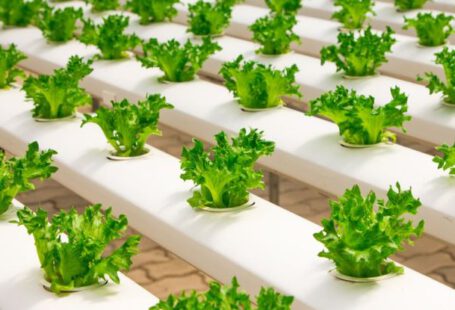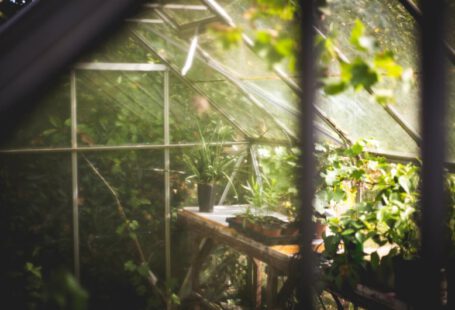Mulching Techniques to Reduce Water Evaporation
Maintaining proper moisture levels in the soil is essential for the health and vitality of plants. Water evaporation can be a significant concern for gardeners and farmers, especially in hot and dry climates. Mulching is a widely used technique to help retain soil moisture by covering the soil around plants with a protective layer of material. By utilizing the right mulching techniques, gardeners can reduce water evaporation and promote healthier plant growth. In this article, we will explore various mulching methods that can effectively minimize water loss from the soil.
Organic Mulch
Organic mulches are materials derived from plant matter that decompose over time, adding nutrients to the soil. Examples of organic mulches include straw, leaves, wood chips, and compost. These materials create a barrier on the soil surface, reducing evaporation by preventing direct contact between the soil and the air. Organic mulches also help regulate soil temperature, suppress weed growth, and improve soil structure.
When applying organic mulch, ensure that it is spread evenly around plants, leaving some space near the base of the plant to prevent rotting. Maintaining a layer of 2-4 inches thick is ideal to provide adequate coverage without suffocating the plants. Organic mulches should be replenished periodically as they decompose to maintain their effectiveness in reducing water evaporation.
Plastic Mulch
Plastic mulch is a synthetic material that is laid over the soil to control weed growth, regulate soil temperature, and conserve moisture. Black plastic mulch is commonly used in agriculture to increase soil temperature and hasten plant growth, while clear plastic mulch is effective for warming the soil in cooler climates. Plastic mulches create a physical barrier that inhibits water evaporation from the soil surface.
To use plastic mulch effectively, ensure that it is properly secured to the soil to prevent it from being blown away by the wind. Cut holes in the plastic to allow for plant growth and irrigation. While plastic mulch is durable and long-lasting, it should be removed at the end of the growing season to prevent soil compaction and promote soil health.
Rock Mulch
Rock mulch, also known as inorganic mulch, consists of materials such as gravel, pebbles, or stones that do not decompose over time. While rock mulch does not contribute organic matter to the soil, it is effective in reducing water evaporation by providing a protective layer over the soil. Rock mulch is particularly beneficial in arid regions where water conservation is crucial.
When using rock mulch, ensure that it is laid evenly over the soil and does not accumulate in thick layers that can hinder water penetration. Rock mulch is low-maintenance and can last for several years without needing replacement. However, it is essential to monitor soil moisture levels regularly, as rock mulch can absorb heat and potentially raise soil temperatures.
Mulch Combinations
Combining different types of mulch can enhance the benefits of each material and create a more effective barrier against water evaporation. For example, using a layer of organic mulch topped with plastic mulch can provide the soil with added nutrients while preventing excessive moisture loss. Experimenting with mulch combinations can help tailor the moisture retention capabilities to suit specific plant needs and environmental conditions.
Incorporating mulching techniques into your gardening practices can significantly reduce water evaporation and promote healthy plant growth. By selecting the right mulch materials and applying them correctly, you can create a protective barrier that helps retain moisture in the soil. Whether using organic, plastic, rock mulch, or a combination of these materials, implementing effective mulching techniques is a sustainable way to conserve water and support thriving plant life.





